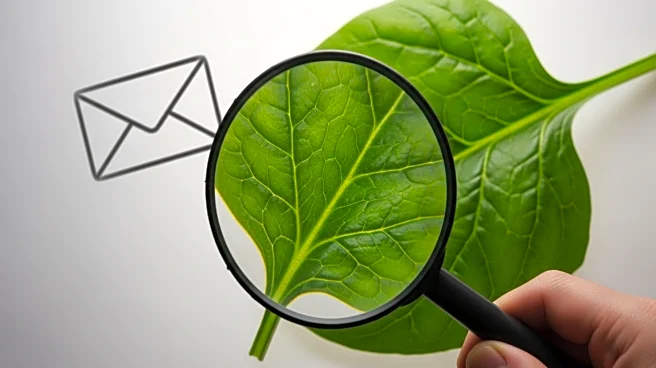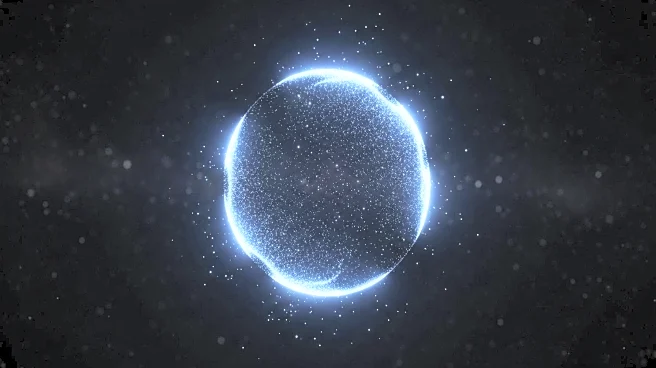What's Happening?
A claim that scientists taught spinach to send emails has circulated online, based on a 2016 MIT study. The research involved using spinach plants to detect explosive compounds in soil, with carbon nanotubes embedded in the leaves emitting a fluorescent signal. This signal was captured by an infrared camera, which then sent an email alert. The spinach was part of a complex system, and the claim oversimplifies the scientific process.
Why It's Important?
The research demonstrates the potential of plant nanobionics in environmental monitoring and detection of hazardous materials. By converting chemical signals from plants into digital information, scientists can develop new tools for agriculture and safety applications. The misinterpretation of the study highlights the need for accurate communication of scientific findings to the public.
What's Next?
Researchers may continue to explore plant nanobionics for various applications, including crop monitoring and environmental protection. Efforts to improve public understanding of scientific research could involve clearer explanations and outreach initiatives. The study's findings could inspire further innovation in the field of plant-based sensors.
Beyond the Headlines
The claim's viral nature underscores the challenges of misinformation in science communication. It highlights the importance of critical thinking and verification when interpreting scientific claims online.










